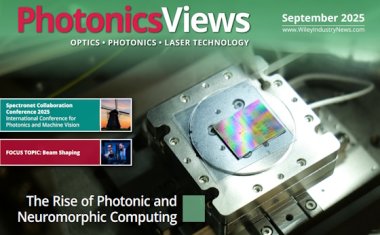KCOP: a high-tech center for KIT
Karlsruhe Center for Optics and Photonics sets standard and uses synergies – interdisciplinarity to push exchange and innovation.
The Karlsruhe Center for Optics and Photonics (KCOP) is taking shape. At the new, highly modern technology center of Karlsruhe Institute of Technology (KIT), research teams will work on applications of light or photons. These include highly efficient photovoltaics, 6G communication and glass fiber networks, novel quantum sensors, superconducting detectors, extremely fast 3D image acquisition, and high-resolution microscopy for life sciences. The 56 million euro building is planned to be inaugurated in early 2026.
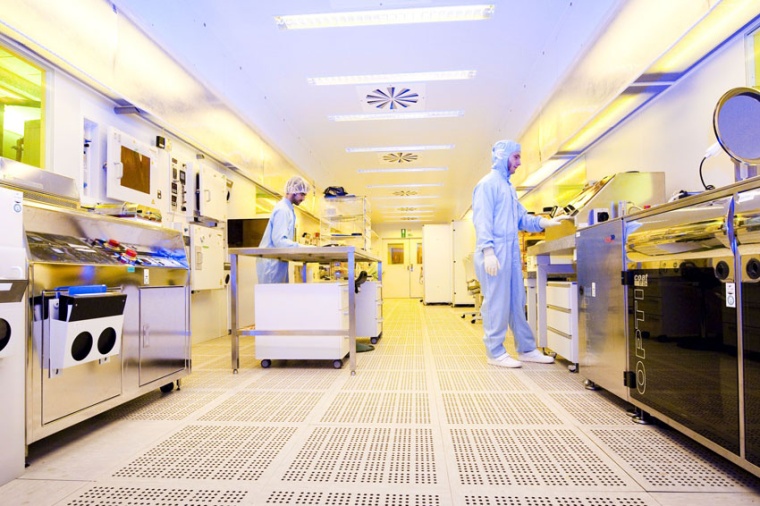
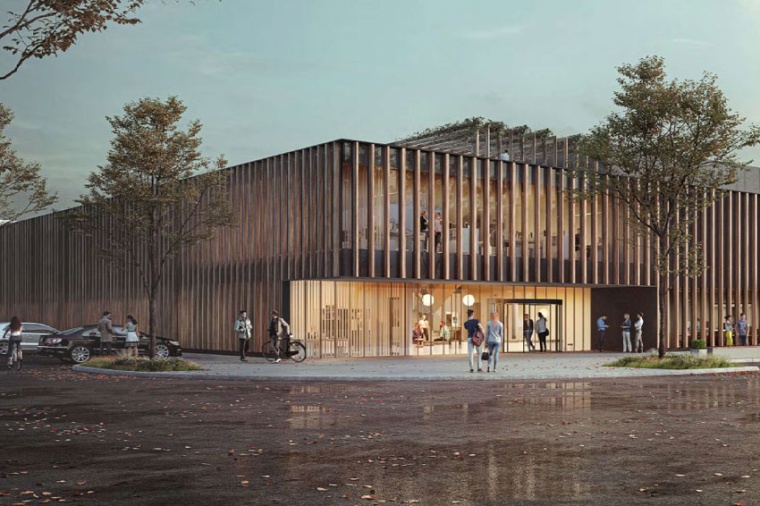
“Science needs inspiring places like KCOP, where expertise, excellence, and top-level laboratory equipment meet with interdisciplinary collaboration,” said Oliver Kraft, KIT professor and vice president research, at the roofing ceremony for the new building on December 1. “This will leverage synergies, ideas, and innovations and eventually contribute to the technological and digital sovereignty of Germany.”
“Our technologies are essential ingredients of the energy transition, digitalization, and networking and they are indispensable for recording data in industry and science,” Christian Koos summarizes. He is professor at the Institute of Photonics and Quantum Electronics and at the Institute of Microstructure Technology of KIT as well as scientific director of KCOP.
Koos points out that excellent laboratories and laboratory equipment are prerequisites of cutting-edge research in these areas. Dr Lothar Hahn, KCOP project manager, adds that the instruments are highly specialized and rooms have to meet very high requirements: “For our work, we need clean rooms.” Creating such experimental conditions, however, represents a considerable effort. So far, small and partly outdated clean rooms have been available at various institutes of KIT.
KCOP will now set new standards and use synergies. “As of 2026, research teams use an internationally outstanding technology platform with about 2,000 square meters of clean rooms and laboratory areas and a pool of instruments. Thanks to their joint use, more efficient operation will be possible,” Koos emphasizes. Apart from Karlsruhe, there are only few places in Europe where degree programs are offered in optics and photonics. With KCOP, the KIT will become even more attractive for researchers, students, and industry partners.
At KCOP, researchers of various disciplines will meet and discuss under one roof: “KCOP will give rise to an entirely new level of interdisciplinary dynamics,” Koos says. The technology center will mainly be available to the institutes of KIT, but also external research teams will be given the opportunity to work there. The planned fields of work will include renewable energies, novel communication technologies, quantum components, life sciences, digital fabrication on the nanoscale, and customized materials.
The Helmholtz Association funds the new building with about 50 million euros, another 6 million come from KIT. Ongoing construction work is on schedule and budget. According to Hahn, the building was planned such that the silver standard can be reached.
Company
Karlsruher Institut für Technologie (KIT)Kaiserstraße 12
76131 Karlsruhe
Germany
most read
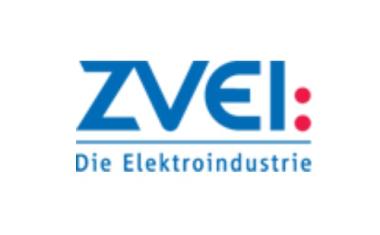
Process automation: slight growth in incoming orders in 2025
Incoming orders for measurement technology and process automation grew in the low single-digit percentage range worldwide between January and September 2025.
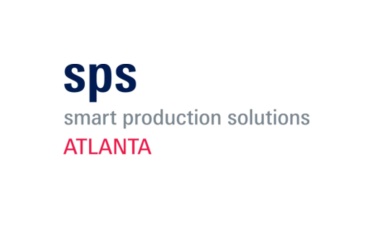
Debra Phillips gives keynote
The NEMA President and CEO will Headline SPS Atlanta 2025 with High-Impact Keynote: “Powering the Electric Future”
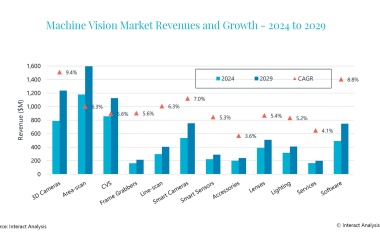
Growth in machine vision thanks to AI software
The global machine vision market recorded revenues of $5.6 billion in 2024, representing a decline of 3.9% compared to 2023.

New member of the board of VDMA Robotics + Automation
Dr. Michael Jürgens, CEO of Kuka Robotics, has been appointed to the board of the VDMA trade association.

Qioptiq Photonics becomes Excelitas Germany
The renaming is part of the global consolidation of the Excelitas Group.


